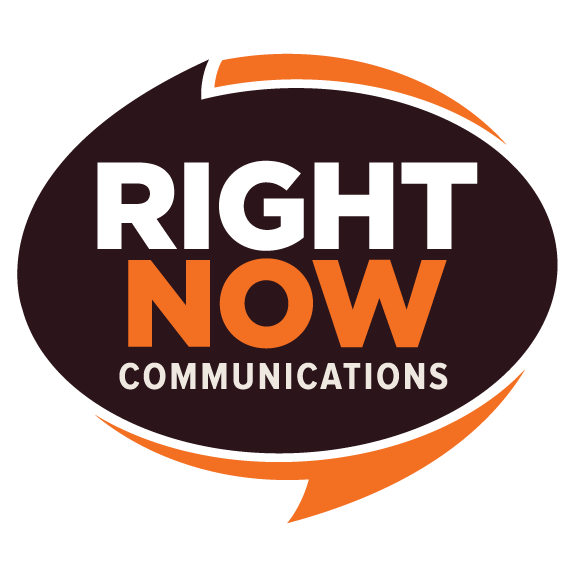There are hundreds of factors that contribute to the formula of ranking in the search engines and the overall quality score of your website. The optimization of the images on your website is not necessarily at the top of the SEO list, but is considered to be on the list of “best practices.”
Optimizing media for your website can be confusing for sure. Unlike other types of onsite SEO, image optimization could require input from your Graphic Designer, Web Developer and SEO professional.
Here are some key considerations and points to help understand the process.
Image File Size – The actual size of your image files have an impact on the amount of time it takes to load you website page. As covered in another article (Search Engine Friendly Design http://www.rightnowinc.com/blog/seo-design/) the speed of your website is an important ranking and engagement factor. Smaller images load faster. Your Graphic Designer needs to deliver images that have the display quality you are looking for, in the smallest file size.
Image File Integration – The next step in the process is to have your Web Developer create a site design and structure the delivers and displays your images quickly and efficiently. Whole books have been written on this topic. Poorly delivered and/or too many images and graphic elements on a website page will slow the rendering speed and cause your site to be sluggish.
Descriptive File Names – The actual name of the image file carries a lot of weight when it comes to displaying your images in the search results. When people search for your brand, you want to deliver the correct messaging. When people search using keywords, having relevant images that lead back to your website can generate traffic. Descriptive file names contribute to the overall SEO quality score of your website.
Alt Tags – This element is a real SEO red herring. Unscrupulous SEO companies still use the “unoptimized Alt Tag” approach to try to gain business. Lets clear this up: Alt Tags are NOT a secret SEO weapon that will magically propel your website into first place. The days of stuffing keywords in the Alt Tag field ended in 2006. In fact, engaging in this outdated practice could cause your site to drop in the search rankings. The PRIMARY PURPOSE of the Alt Tag is Accessibility i.e. Delivering a text description of the associated image. This is really important, especially if your website visitor is vision impaired. Properly optimized Alt Tags are part of the “best practices” equation, but are by no means a silver SEO bullet.
Image Sitemap – Your web development team should have a method in place to dynamically generate an XML sitemap of all the images on your website. Images, NOT Design Elements. This can be easier said than done. Once you have this file created, your SEO team will know what to do with it.
Mobile Friendly – In addition to having all of the above recommendations taken care of you must also consider the delivery of images to mobile devices. This is going to be dependent on the method your website is using to address mobile visitors; Dedicated Mobile URL, Responsive Design and/or RESS. Maybe you have not tackled the mobile issue yet; Images are still important to the delivery of your current site to the mobile market.
The bottom line here is that your SEO practitioner should be accessing your project with a holistic “best practices” approach that should include Image Optimization as part of the offering. The importance of image optimization to your project will be dependent on your website, market and goals. If you would like to learn more please contact the team at RightNow Communications.
Download The RightNow Image Optimization Guide – CLICK HERE TO DOWNLOAD


